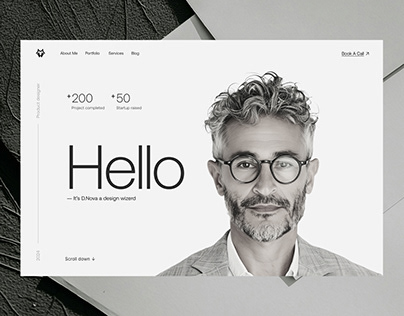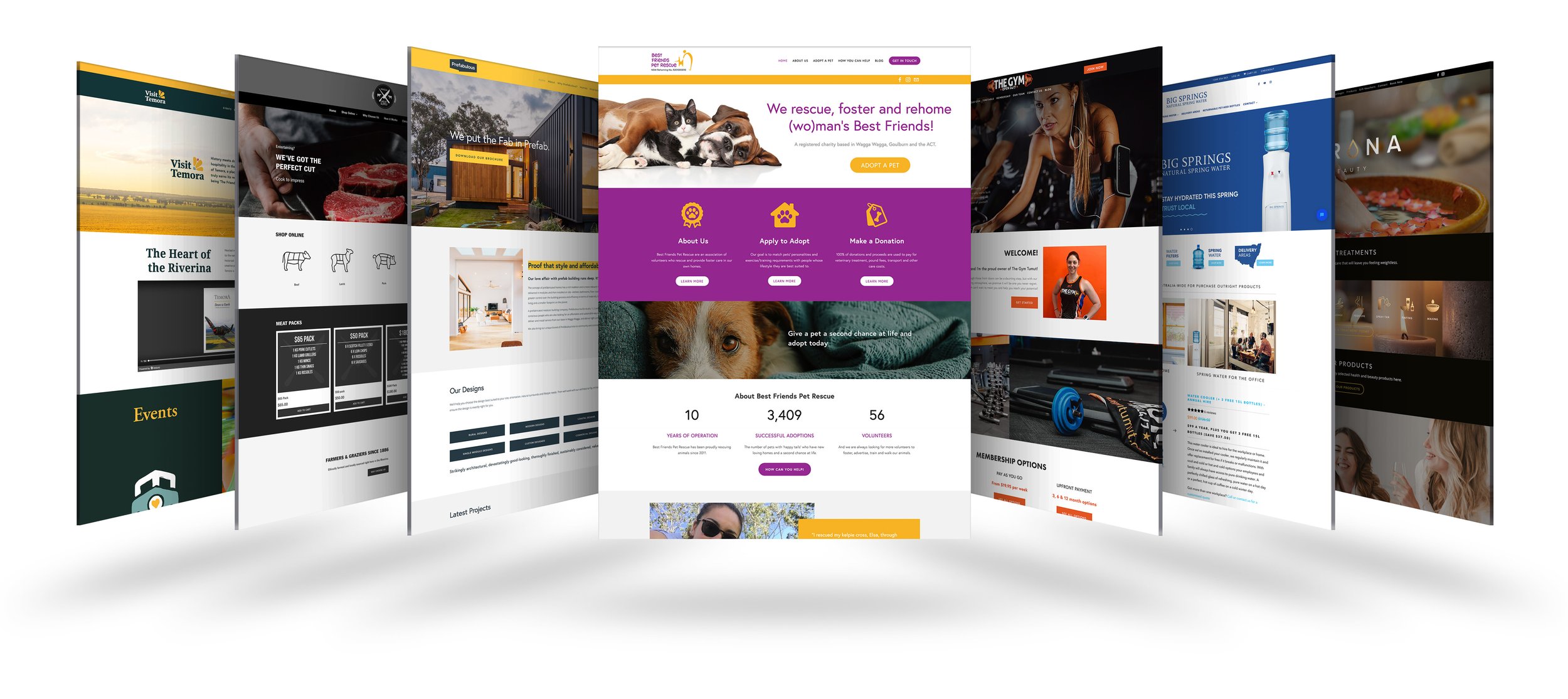Modern Website Design Services with a Focus on Navigation
Modern Website Design Services with a Focus on Navigation
Blog Article
Leading Tips for Creating an Impactful Internet Site Layout That Converts
To attain this, one need to think about a range of variables, including understanding the target audience, prioritizing customer experience, and maximizing for mobile systems. The critical use of engaging call-to-actions and a distinct visual power structure plays a critical function in directing users through their journey.

Understand Your Target Market
Recognizing your target market is essential to reliable site layout, as it lays the groundwork for creating an appealing individual experience. Identifying that your customers are, including their demographics, preferences, and habits, enables developers to tailor the web site's content, design, and capability to meet specific requirements.
Conducting thorough marketing research is critical in this process. Surveys, meetings, and analytics can supply important understandings into user expectations and discomfort factors. By assembling this data, developers can produce customer identities that stand for different sectors of the audience, guaranteeing that style decisions are informed and appropriate.
Furthermore, recognizing the target market aids in choosing appropriate layout components such as color pattern, typography, and imagery that reverberate with customers. A web site that speaks directly to its audience fosters a sense of connection and depend on, encouraging longer check outs and higher conversion prices.
Eventually, a user-centered technique to internet site design not just improves customer fulfillment but likewise sustains business objectives by driving interaction and loyalty. By focusing on the demands and choices of the target market, a web site can effectively serve its objective and attain desired results.
Prioritize Individual Experience
To improve the general effectiveness of a web site, focusing on user experience (UX) is essential (Website Design). A well-designed UX makes certain that site visitors can navigate the website effortlessly, discover info quickly, and involve with content meaningfully. This leads to raised customer satisfaction and greater conversion prices
Begin by applying intuitive navigation. Menus ought to be logically structured, enabling individuals to find vital areas of the website with very little initiative. Uniformity in design aspects, such as color pattern and typefaces, fosters familiarity, which is essential for preserving individual engagement.
Furthermore, think about the filling rate of your internet site. A delay of simply a couple of seconds can cause significant drop-offs, as users are less likely to await a slow-loading web page. Streamlining pictures and enhancing code can improve efficiency and keep visitors.
Moreover, clearness in content presentation is important. Use succinct, engaging language and separate text with visuals to enhance readability. By prioritizing user experience, you not just develop a much more delightful setting for visitors but additionally reinforce your brand's credibility. Eventually, an emphasis on UX is a financial investment in the long-lasting success of your web site.
Maximize for Mobile Tools
Enhancing for mobile phones is essential in today's digital landscape, where an enhancing variety of users accessibility internet sites with smartphones and tablet computers. A mobile-friendly layout not only enhances customer experience but likewise plays a considerable role in improving internet search engine rankings. To accomplish Website Design this, it is vital to embrace a receptive layout that automatically adapts to different screen sizes and positionings.

Filling speed is another important aspect; mobile users are typically much less person and expect fast accessibility to details. Optimize pictures and utilize browser caching to enhance efficiency. Test your web site on several gadgets and screen resolutions to determine and remedy any prospective functionality issues. By focusing on mobile optimization, you ensure that your web site remains affordable and successfully engages a more comprehensive target market.
Use Compelling Call-to-Actions
A site's performance typically depends upon its capability to guide site visitors towards desired activities, making engaging call-to-actions (CTAs) necessary components of style. CTAs act as the essential factors that route customers to involve with the website, whether that indicates making an acquisition, registering for a newsletter, or downloading and install a resource.
To create effective CTAs, quality is extremely important. Use succinct language that plainly connects the action you desire the individual to take.
Furthermore, the style of CTAs should attract attention without being obtrusive. Employ contrasting shades and clear typefaces to ensure they record attention. Additionally, consider using directional hints, such as arrowheads or images, to direct customers towards these switches. By concentrating on these aspects, organizations can significantly boost customer engagement, read the article driving conversions and eventually attaining More hints their website's goals.
Emphasis on Visual Hierarchy
Efficient website style depends heavily on a well-structured visual pecking order that guides users with web content flawlessly. By arranging components in a way that focuses on information, designers can improve customer experience and help with decision-making. This entails using size, shade, comparison, and spacing purposefully to attract focus to the most vital parts of a website.
Using bigger fonts for headings and subheadings develops a clear difference between various areas, enabling users to check content easily. In addition, using different colors for switches and calls-to-action can catch customer interest and urge interaction. Whitespace is an additional necessary element; it stops mess and enables individuals to concentrate on essential messages without distractions.
Photos and graphics need to complement the message while likewise adhering to the well established power structure, reinforcing the overall message (Website Design). Uniformity in design aspects, such as color pattern and typography, more enhances the aesthetic pecking order, making navigation intuitive

Verdict
In final thought, efficient web site design demands a detailed understanding of the target audience, prioritization of customer experience, and mobile optimization. Inevitably, a well-executed site style serves as an important element in driving individual actions and accomplishing company purposes.
Report this page